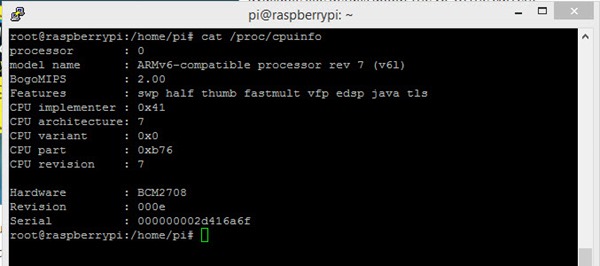

The -color option enables you to view colorized search results. Sometimes it makes sense to add some colour to the output, and make it easier to understand. grep -o -b "error" logfile Display colored output The -o and -b options will be used for this purpose. Note that this isn’t the line position, but the byte offset of the entire file. Grep also gives you the ability to print the position where it found a match. grep -F '' filename Display the position of the match You can use the -F option to make grep search for special characters, like ' or in the file. grep -m3 'arizona' filename Finding special characters using grep For example, using the following command stops the grep search after the first 3 matches of the word arizona are found. If you only want to see the first x matches of a pattern in a file, you can use the -m command line option. It will print the numbers of all the lines that contain the word arizona in the file. Use the following command to do so: grep -n -C 2 'arizona' filename To speed up your debugging, you may want to see the line numbers of the matched lines. See the following command as an example: grep 'error' filename > output.txt To see line numbers along with the matches If the expected grep output is too large, you can redirect it towards a file. If there are too many matching lines, and you only want to see the names of the files that contain the matched lines, you can use this command: grep -Rl 'foo' /path/to/directory Redirect grep output to a file To display only the *.txt files created in the month of May, you can use this command: ls -l *.txt | grep May Display only the names of the matching files Here’s a command to filter out only the CPU model name from the output of the cat /proc/cpuinfo command. For example, you can check whether a program is running by piping the output of the ps -ef command to a grep filter. The grep command enables you to filter through the output of another command, using piping. …and the following command displays 3 lines before the matched line: grep -B 3 "pattern" logfile Piping output into grep The following command will print 3 lines after the matches. The -B and -A options can be used to display the lines before and after all the matching lines respectively. This can be particularly useful while debugging. Sometimes you may want to see the lines that appear close to the matching lines. grep -v 'arizona' filename Print lines before and after matching lines the following command will output all the lines that don’t contain the word arizona. Grep also allows you to perform an inverse search, i.e. grep -w 'arizona' * To print lines that don’t match the following command searches the exact word arizona across all the files in the current directory. If you want to look for a whole word, instead of a pattern or a substring, you can use the -w option. Or to find lines that end with the word here: grep 'here$' logfile To match whole words only For example, you can use the following command to search for lines that contain the word error. It allows you to specify a search pattern to match against. Regex search is one of the most powerful features of grep. Let’s look at a few handy use-cases: Matching a regular expression You can format the grep command in endless ways to execute your desired search. To count the total occurrences of the word ‘ERROR’ in a log file.


 0 kommentar(er)
0 kommentar(er)
